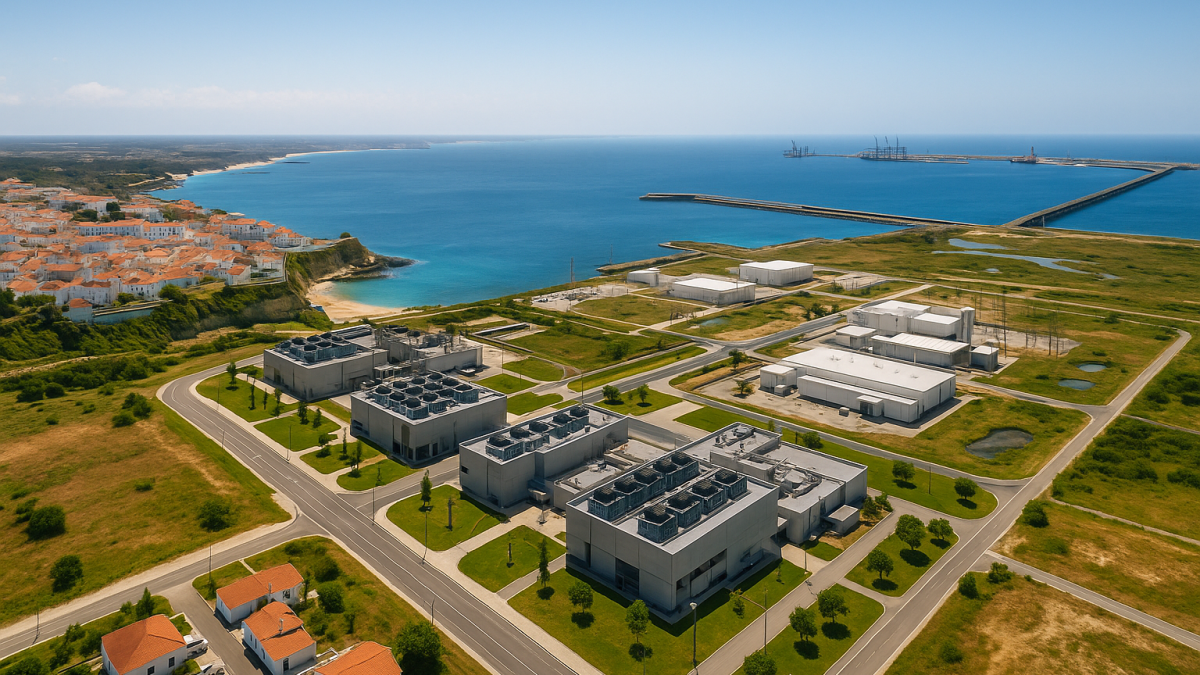
The oversupply in the oil market is likely to result in lower prices for the rest of the year.
“The Brent oil price is likely to end 2025 with an annual decline, provided there is no increase of more than USD 10 in the remaining weeks,” Carsten Fritsch, commodity analyst at Commerzbank AG, said.
Given the abundant supply on the oil market, this is rather unlikely to happen.
Oil prices are expected to remain under pressure due to a significant market oversupply anticipated for the coming year.
This surplus is largely driven by OPEC+’s substantial supply expansion, an increase of 2 million barrels per day since April, primarily aimed at recovering lost market share.
While OPEC+ recently announced a halt to production increases for the first quarter of 2026, the coalition is likely to maintain its willingness to reverse the remaining voluntary production cuts thereafter.
Considerable oil glut next year
The market could see an extra one million barrels per day in the forthcoming year as a result of this development, according to Fritsch.
Oil supply is expected to outpace demand significantly again next year, leading to an increase in inventories.
The International Energy Agency forecasts demand to grow by approximately 700,000 barrels per day, a pace consistent with this year’s growth.
This slowing demand growth in recent years is largely attributed to weaker oil demand in China.
“The fact that commercial oil stocks in OECD countries have risen only slightly so far and remain below the five-year average is mainly due to China’s stockpiling,” Fritsch said.
China’s increased crude oil imports in recent months have surpassed its domestic requirements, helping to mitigate at least some of the market’s oversupply.
Fritsch added:
The question is therefore whether China’s stockpiling will continue at the same rate in the coming year. If not, the oversupply is likely to be reflected in rising inventories outside China and thus also in OECD countries.
Conversely, factors also indicate that the oversupply may not be as significant.
For instance, oil production from non-OPEC+ countries might not increase as much as originally projected.
US shale output
The current price level is likely insufficient for many US shale oil companies to justify drilling new oil wells.
“If oil prices continue to fall due to oversupply, even more companies are likely to be faced with the question of whether to maintain or cut their investments in new oil drilling,” Fritsch noted.
The third-quarter survey conducted by the Dallas Fed indicated a continued worsening outlook among the oil and gas companies questioned.
Nearly 80% of these companies reported delaying investment decisions, with almost half doing so significantly, citing uncertainty regarding future price and cost trends.
However, the reduction in production costs has been partially offset by the US President Donald Trump administration’s easing of regulatory requirements.
Most respondents, over 80%, anticipate cost savings of only up to $2 per barrel.
This reduction is inadequate to offset the decline in oil prices experienced this year.
According to a prior Dallas Fed survey, the companies polled indicated that an average oil price of $65 was necessary to justify new drilling activities.
Sanctions
Upcoming sanctions, set to be implemented by US President Trump on November 21, targeting Russia’s two largest oil companies, pose an additional risk to global oil supplies.
“Fresh US sanctions on major Russian oil producers and exporters are weighing on product exports. As a result, heating oil/gasoil and RBOB gasoline are moving in a different direction from crude,” PVM analyst Tamas Varga was quoted in a Reuters report.
Despite new sanctions, Russia continues to demonstrate its capability to market its oil, a resilience proven over the past three years.
Nonetheless, evidence suggests that customers in China and India have become more hesitant to purchase Russian oil, leading to a reported significant increase in unsold Russian oil being stored in tankers.
“If the price discounts are large enough, buyers are likely to continue to be found. Iran is another example of how sanctions can be successfully circumvented,” Fritsch said.
Iranian oil exports have stayed consistently high despite multiple rounds of tightened sanctions since the year began. Furthermore, the duration of the US sanctions currently imposed on Russia is uncertain.
If a peace agreement is reached in Ukraine in the course of the coming year, Trump could also lift these sanctions again.
More risk to the downside
Due to the anticipated oversupply and resulting inventory growth, oil prices are expected to decline further next year.
Sanctions-induced supply disruptions are unlikely to fully offset the oversupply, particularly as these measures are expected to be limited in scope and temporary.
A significant drop in oil prices is improbable due to the expected supply response.
Should prices fall too sharply, OPEC+ would likely halt its planned oil production increase.
Simultaneously, US shale oil production is anticipated to decrease.
Furthermore, the US government would likely bolster domestic oil demand by taking advantage of lower prices to refill its strategic oil reserves.
“We therefore expect Brent oil to trade at USD 60 per barrel next year. The WTI price is likely to trade at a discount of USD 3 to Brent, at USD 57,” Fritsch said.
At the time of writing, the West Texas Intermediate crude was at $60.52 per barrel, while Brent was at $64.52 a barrel.
The post Analysis: oil prices likely to remain under pressure as supply outpaces weakening demand appeared first on Invezz










